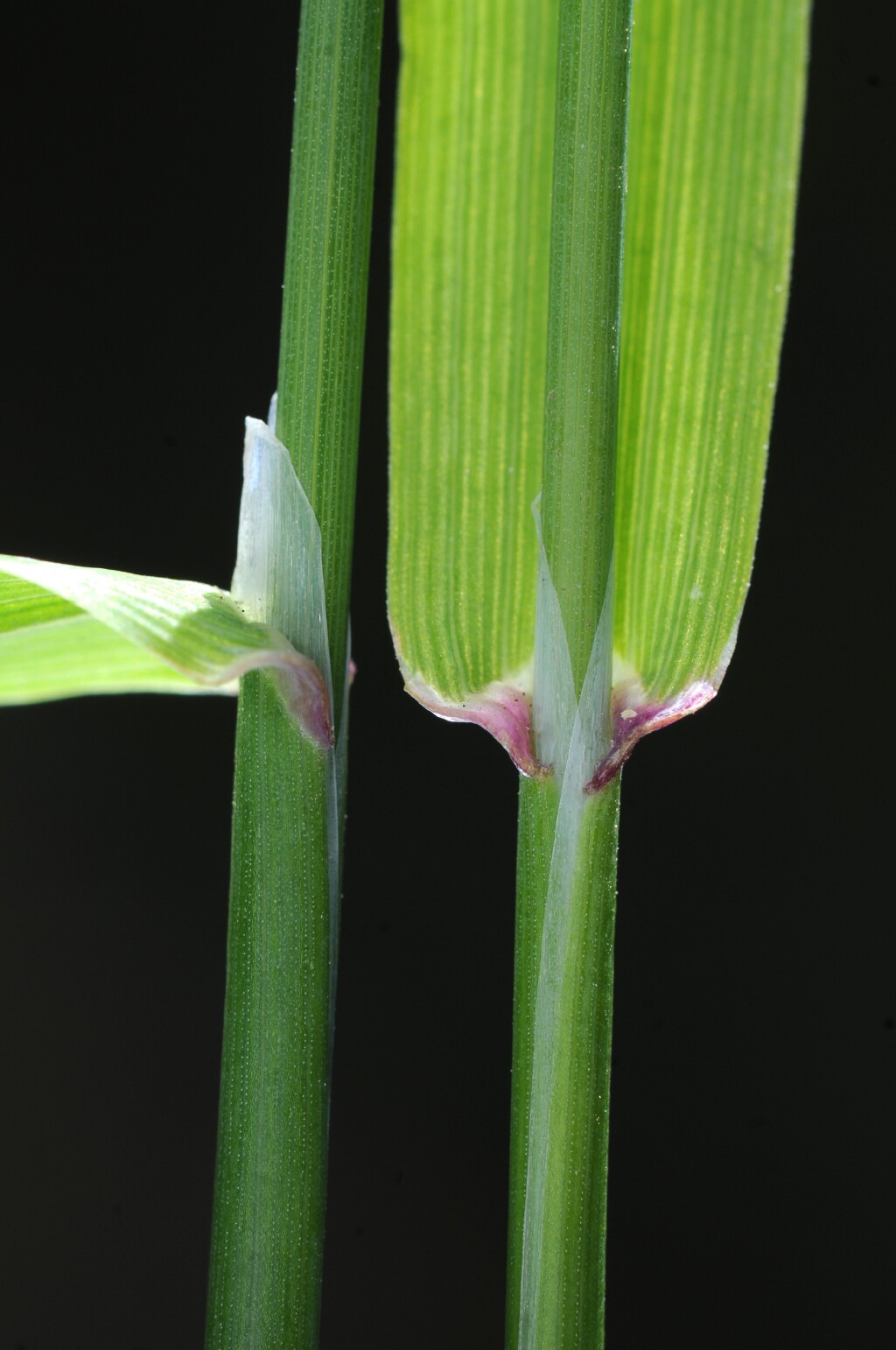Briza maxima
L. Large Quaking GrassSlender, tufted annual to 60 cm high. Leaves glabrous; blade to 20 cm long and 8 mm wide, finely scabrous along margins, otherwise smooth; ligule 2–5 mm long, blunt. Inflorescence a slender, few-branched panicle. Spikelets 7–20-flowered, drooping, plump, ovate or broadly oblong, 10–25 mm long, 8–15 mm wide, usually minutely hairy, occasionally glabrous; glumes 5–9-nerved, subequal, 5–7 mm long, firm, widely spreading, dorsally rounded; lemmas resembling glumes, but (at least the largest) usually slightly larger; palea c. two-thirds as long as lemma. Flowers Aug.–Dec.
LoM, MuM, Wim, GleP, VVP, VRiv, MuF, GipP, OtP, WaP, Gold, CVU, GGr, DunT, NIS, EGL, EGU, WPro, HSF, HNF, OtR, Strz, VAlp. Naturalized in all States, also widely in temperate countries. Native to the Mediterranean region. Common on disturbed and sandy areas throughout much of the State, and invasive of natural grassy woodland communities in drier areas.
Walsh, N.G. (1994). Poaceae. In: Walsh, N.G.; Entwisle, T.J., Flora of Victoria Vol. 2, Ferns and Allied Plants, Conifers and Monocotyledons, pp. 356–627. Inkata Press, Melbourne.
 Spinning
Spinning




